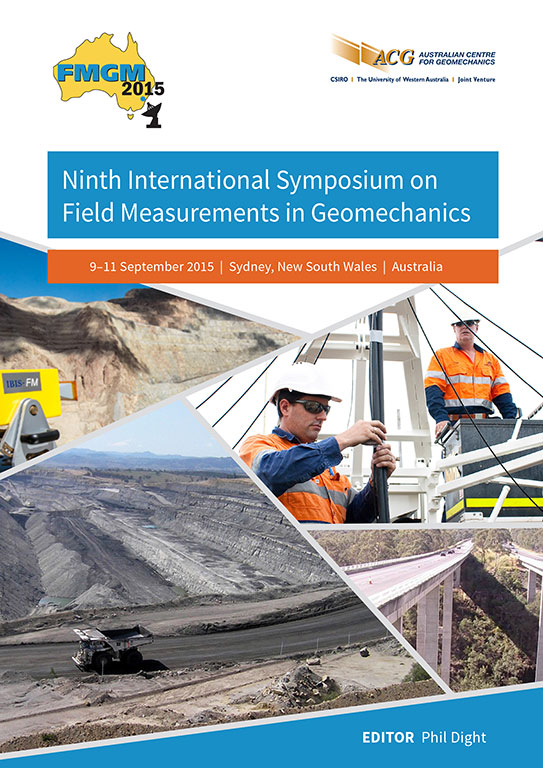Battery-powered wireless monitoring system for geotechnical, hydrology and microseismic sensors using the MineHop mesh network

|
Authors: Dulmage, A; Ruddell, N |
DOI https://doi.org/10.36487/ACG_rep/1508_43_Dulmage
Cite As:
Dulmage, A & Ruddell, N 2015, 'Battery-powered wireless monitoring system for geotechnical, hydrology and microseismic sensors using the MineHop mesh network', in PM Dight (ed.), FMGM 2015: Proceedings of the Ninth Symposium on Field Measurements in Geomechanics, Australian Centre for Geomechanics, Perth, pp. 613-619, https://doi.org/10.36487/ACG_rep/1508_43_Dulmage
Abstract:
Technology advances in recent years have made it possible for battery-powered wireless communication to thrive in underground mining environments. SMART geotechnical instruments from Mine Design Technologies (MDT), vibrating wire based instruments from many manufacturers, and most recently microseismic sensors embedded in the toe of MDT SMART instruments can now be monitored using the MineHop battery-powered wireless mesh network. This paper will discuss the different applications of the MineHop technology, the ease of installation and maintenance, specifications, and case studies including examples of typical installations.
References:
Bruneau, G 2000, ‘The influence of faulting on the structural integrity of the X41 Shaft, Copper Mine, Mount Isa, Australia’ Masters thesis, University of Laval.
Bruneau, G, Tyler, DB, Hadjigeorgiou, J & Potvin, Y 2003, ‘Influence of faulting on a mine shaft—a case study: part I—Background and Instrumentation’, International Journal of Rock Mechanics and Mining Sciences, vol. 40, no. 1, pp. 95-111.
Hills, P 2014, Mount Isa copper operations X41 Shaft recommendations for instrumentation and monitoring, Rev 00, pitt&sherry.
© Copyright 2025, Australian Centre for Geomechanics (ACG), The University of Western Australia. All rights reserved.
View copyright/legal information
Please direct any queries or error reports to repository-acg@uwa.edu.au
View copyright/legal information
Please direct any queries or error reports to repository-acg@uwa.edu.au